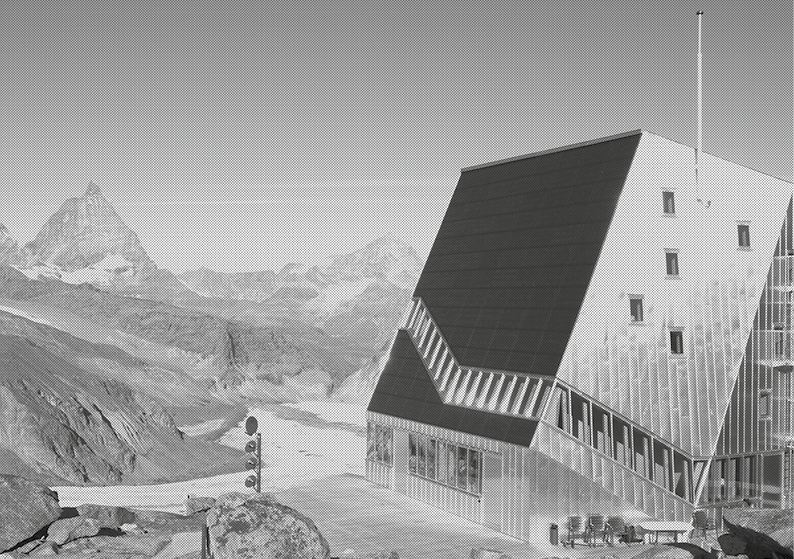About NAPIC
About NAPIC

About
NTNU Aluminium Product Innovation Center (NAPIC) was initiated by Hydro, and is a newly established collaboration between Hydro, NTNU, SINTEF and Sintef Raufoss Manufacturing (SRM). The aim of NAPIC is to explore new aluminium product opportunities, employing a research-driven innovation approach based on cross-disciplinary collaboration at the interfaces of architecture, product design, engineering, materials and manufacturing. Based on Norway's strong position within the aluminium value chain and related fundamental and applied research – the vision of NAPIC is to become a world leader in research-driven aluminium product innovation.
Growing the cake
Aluminium product innovation has a fragmented value chain. There are material suppliers, ´ designers, architects, engineers, or others. To grow the cake of aluminium products in the world, all the fragments of the value chain needs to work together more efficiently. What NAPIC is looking to do is not to make new aluminium products itself, but to improve the process and methodology for innovating new aluminium products, by bringing together the fragments of the value chain. For these parties to work together to develop new and improved solutions there are many challenges like communication, keeping prices down and profitability up, transfer of knowledge etc. Through NAPIC's research, aluminium product innovation will be a more integrated and efficient process.
Why focus on aluminium product innovation?
The more knowledge that goes into a product, the more value that product contains. In other words; 1 kg of aluminium is worth more in the shape of a product than just 1 kg of raw material. The more value you can add to a product, the more it can give back to society, for example in the form of workplaces. As the use of aluminium grows, the workplaces will most likely not come in the aluminium industry itself, but in the industries that use the aluminium, such as design and architecture, manufacturing, maintenance and subcontractors to these industries. Also, there has been conducted a lot more research on the material itself than on actual product applications. Through NAPIC we hope to apply aluminium in products in new ways.
Aluminium has an unrealised potential in a wide variety of industries. Areas of growth are automotive and transport, consumer technology and marine application. When used in these industries, aluminium can have great environmental benefits. For example, it can be recycled infinitely without loss of quality. It does require a lot of energy to make aluminium, but it only takes 5% of the original energy to recycle. Its low weight compared to steel means that it can help bring down emissions from the automotive, as less energy is required to drive the vehicle forwards. Another benefit of aluminium compared to steel is that it is non-corrodible, which means less maintenance is required. This has great benefits in for example the marine sector, where maintenance can be difficult and expensive.
NAPIC's five fudamental missions
1. Educate
Through education NAPIC will strengthen and develop the course portfolio at NTNU, thus attracting far more students at different levels to learn more about aluminium based products.
2. Collaborate
NAPIC will facilitate collaborations between establish areas of the aluminium product value chain for co-creation and open innovation among stakeholders.
3. Explore
NAPIC will conduct a research-based approach towards product- and process innovation.
4. Exploit
Know state-of-the-art and technology readiness levels related to new product applications.
5. Disseminate
NAPIC will publish high quality scientific research and generate popular science articles and knowhow.
